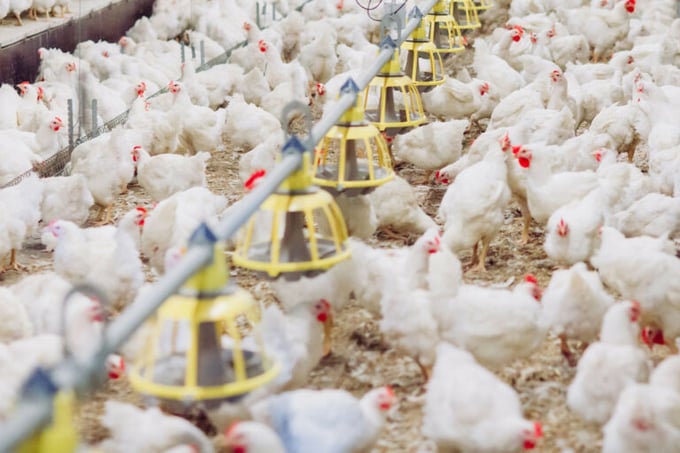May 22, 2025 | 09:09 GMT +7
May 22, 2025 | 09:09 GMT +7
Hotline: 0913.378.918
May 22, 2025 | 09:09 GMT +7
Hotline: 0913.378.918

The National Farmers Union has been actively involved in the review process to ensure the updated emission factors are both practical and evidence-based. Photo: Canva.
The changes, informed by recent scientific research, are vital for pollution reporting and permitting processes and aim to bring the emission factors in line with modern practices, aiding compliance with environmental standards.
Reflect current livestock systems
Ammonia emissions are primarily estimated using emission factors, but many of these factors are based on studies conducted more than 2 decades ago. The new updated emission factors are meant to reflect current livestock systems and account for mitigation methods and advancements in nutrition and genetics.
The updated figures are essential for permitted poultry and pig farms in several contexts:
The National Farmers’ Union said the updated emission factors are based on a comprehensive data review commissioned by the Environment Agency and conducted by ADAS and Rothamsted Research.
Farmers submitting permit or variation applications should now refer to these revised figures, which can be found here.
‘Practical and evidence-based’
The union has been actively involved in the review process to ensure the updated emission factors are both practical and evidence-based. It sought input from the NFU Poultry Board on draft emission factors and engaged with producers to gather feedback, identifying concerns or queries.
“We also highlighted technical issues, clarifying definitions of housing types, and ensuring justifications for changes in emission factors were transparent,” said the NFU.
The new factors should be used for pollution inventory reporting when the reporting window opens in January 2025. It is hoped that the factors will not only aid in compliance but also provide a more accurate representation of emissions reflecting the improvements in livestock practices and mitigation techniques.
(Poultryworld)

(VAN) Attempts to bring down the price of the Japanese staple have had little effect amid a cost-of-living crisis.

(VAN) Fourth most important food crop in peril as Latin America and Caribbean suffer from slow-onset climate disaster.

(VAN) Shifting market dynamics and the noise around new legislation has propelled Trouw Nutrition’s research around early life nutrition in poultry. Today, it continues to be a key area of research.

(VAN) India is concerned about its food security and the livelihoods of its farmers if more US food imports are allowed.

(VAN) FAO's Director-General emphasises the need to work together to transform agrifood systems.

(VAN) Europe is facing its worst outbreak of foot-and-mouth since the start of the century.

(VAN) The central authorities, in early April, released a 10-year plan for rural vitalization.